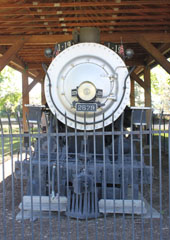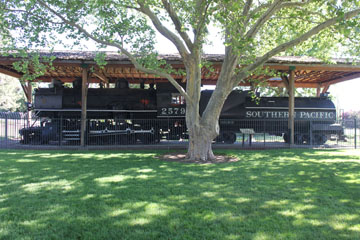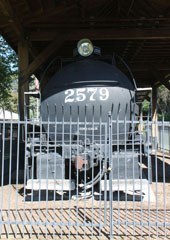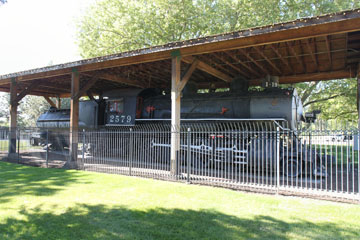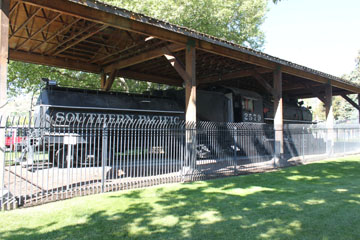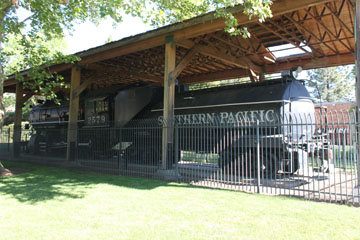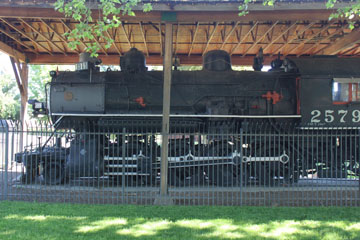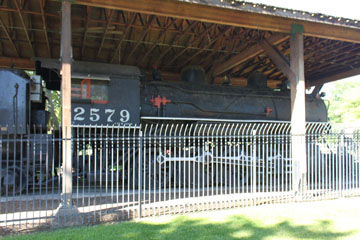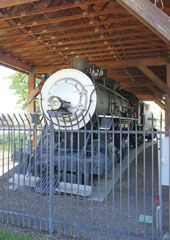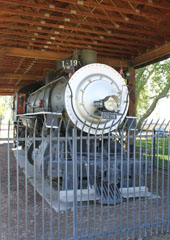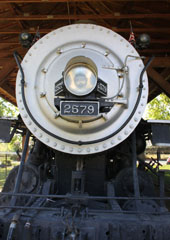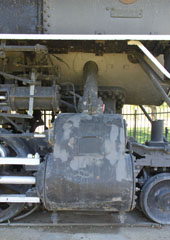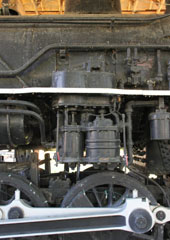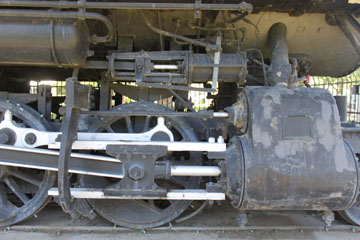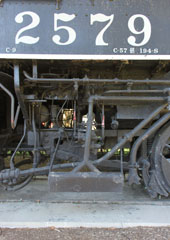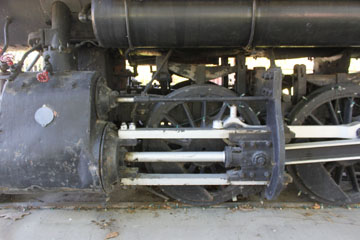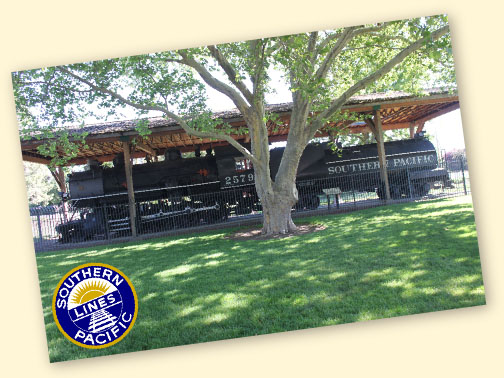

#2759 is one of the so-called "Harriman Common Standard" roster of eighty-seven Consolidation type (2-8-0) locomotives built in 1905 to the same design by Burnham, Williams & Co., an early incarnation of the Baldwin Locomotive Works (#2513-#2599). This Class C-9 was superheated by the SP beginning in 1922.
This “Common Standard” Consolidation type steam locomotive with its 57” drivers was one of the four types of steam engines developed by the Associated Railroads in the first year of its locomotive program. The “Associated Railroads” consisted of the Southern Pacific, Chicago & Alton, Union Pacific and its affiliates, Oregon Short Line and the Oregon-Washington RR & Navigation Co., which were combined under one management in 1902 by E. H. Harriman.
“Common Standard” was an initiative that standardised many design features and therefore delivered lower costs on everything from locomotives, dining cars and passenger coaches to cabooses and signal lanterns. In 1904, the operating and mechanical departments of the SP and Union Pacific were amalgamated, the combined system shared groups of locomotives, cars and other equipment.
As built, the C-9 weighed 207,000 lbs, 184,000 lbs on its 57” drivers. The engine wheelbase was 24’ 4” and the driver wheelbase 15’ 9”. With Stephenson valve gear and 22” x 30” cylinders, it had a 49.5 sq ft grate, 171.3 sq ft firebox and total heating surface of 3,397 sq ft. Operating at a boiler pressure of 200 psi, it delivered 43,305 lbs tractive effort. The tender weighed 132,480 lbs light and had a capacity of 7,000 gallons of water and 2,940 gallons of oil.
The Class was progressively superheated by the SP beginning in 1922.
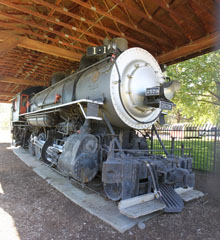
The rebuilt engines had Walschaert valve gear and increased in weight to
216,700 lbs, 191,900 lbs on the drivers.
The firebox area increased to 189 sq ft and total heating surface rose to 3,497 sq ft including 600 sq ft superheating. Boiler pressure rose to 210 psi and tractive effort to 45,471 lbs. A larger tender was also mated to the engine, weighing 135,050 lbs with a capacity of 9,000 gallons of water and 3,353 gallons of oil.
#2579 worked on many different duties across the Southern Pacific system well into 1956 and was retired in November that year. Donated to the City of Klamath Falls, OR, by SP in 1957, it is on display in Veterans Memorial Park.
Related Links:
Location of SP C-9 #2579
Send a comment or query, or request permission to re-use an image.


